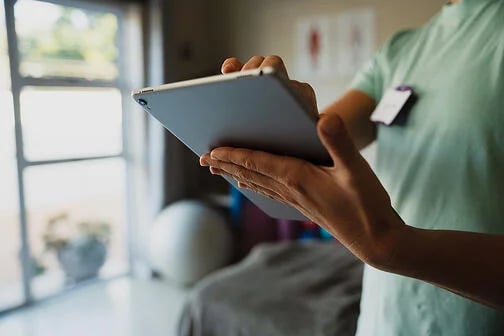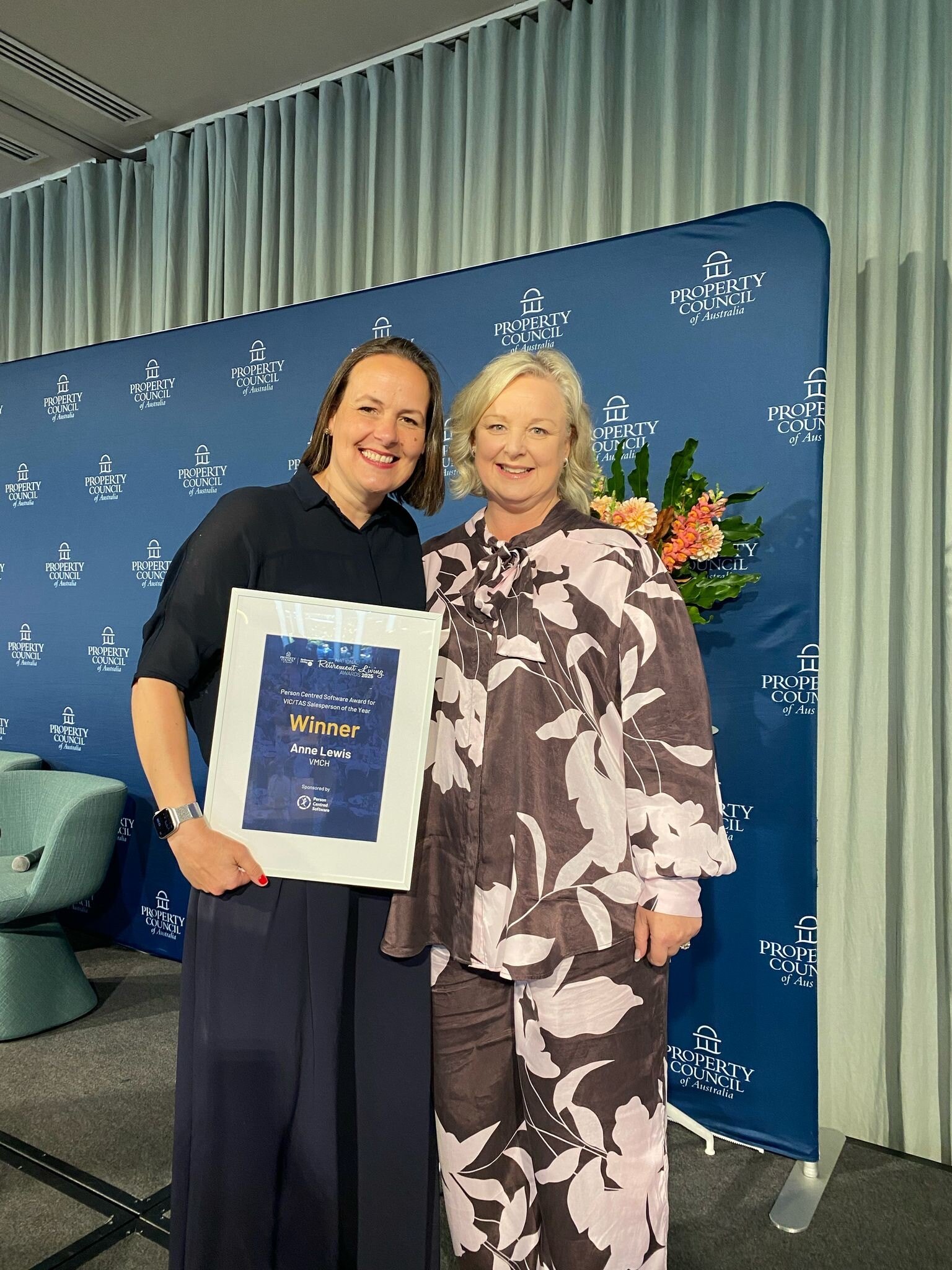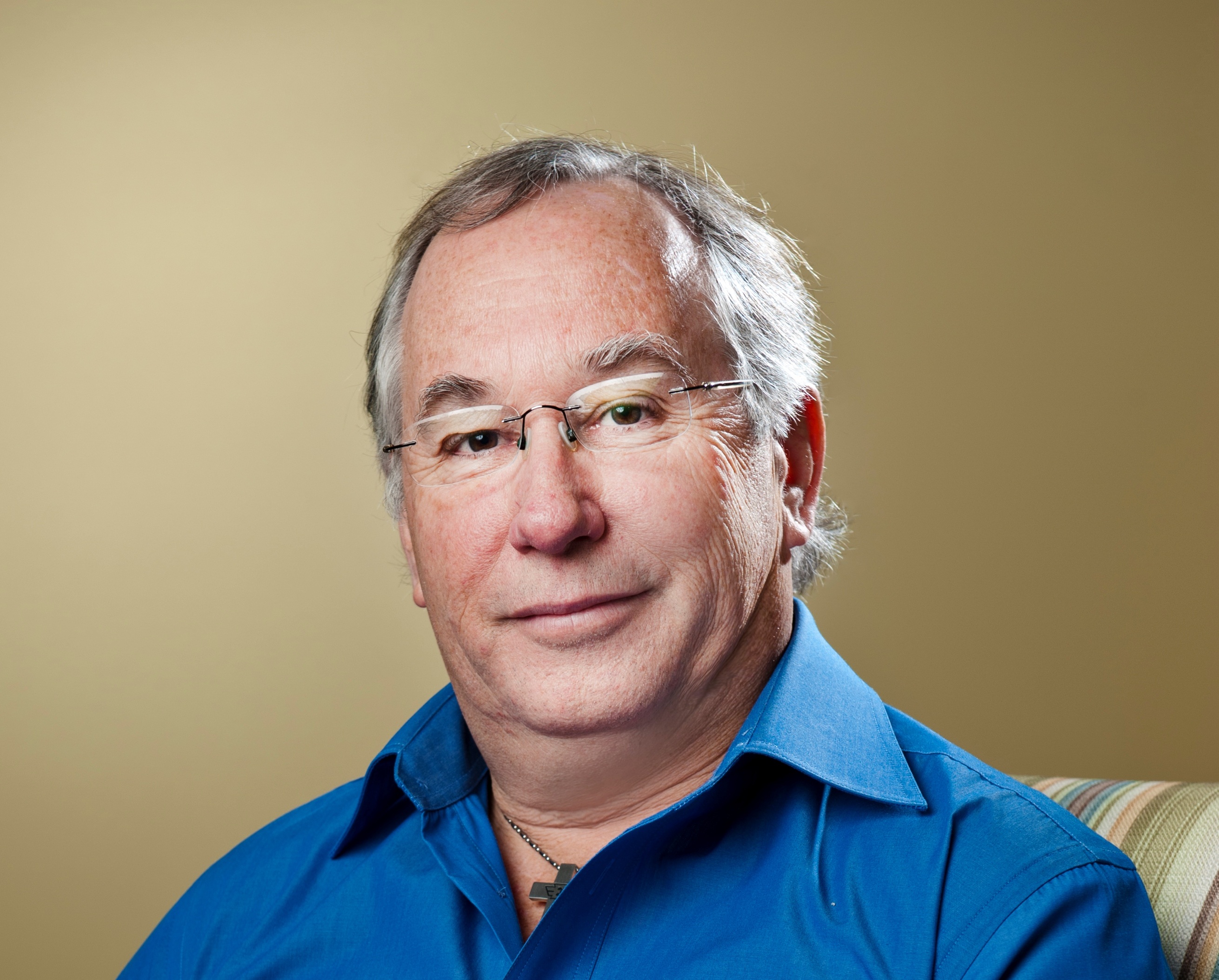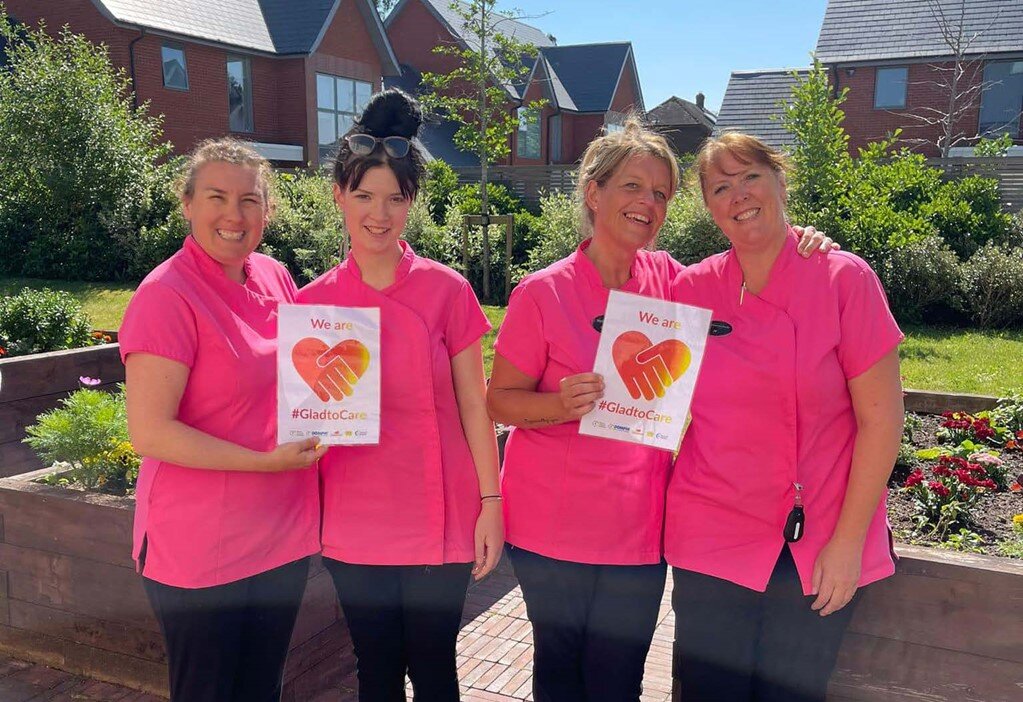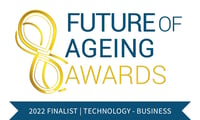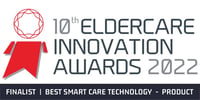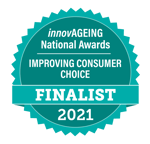Published in Hospital and Healthcare
It is well documented that technology can significantly enhance the operations of an aged care home, particularly through empowering those delivering direct care to residents. It is important to be aware, however, that care technology isn’t solely developed to support the carers of an aged care home.
Food is such a crucial part of a person’s life; it embodies their identity and culture. For people living in aged care facilities, mealtimes can be incredibly meaningful experiences amongst friends and relatives. They also need to provide the person with a healthy and balanced diet rich in nutrients, whilst meeting any dietary requirements they may have. Catering for a substantial amount of people, each with their own bespoke dietary needs, therefore, requires a lot of skill in a short timeframe.
In aged care homes that still use paper-based monitoring, catering teams often have the unnecessary burden of double-entry administration. When changes are made to a resident’s diet, for instance, a manual form is filled out and sent to the kitchen where a double-entry is then completed to update the kitchen records too. Double-entry of dietary records may also have to be replicated for other areas of the facility where the data needs to be held. Unfortunately, in some cases, by the time all the records are manually updated across an aged care home, the information could be obsolete and need updating again. This can become a repetitive process when you consider the many different clinical dietary requirements such as allergies, dislikes, preferences, and cultural needs.
Unsurprisingly, the daily task of manually managing food records has become quite the challenge. Technology can be used to offer a solution in terms of time-saving, minimised errors and offering systems to amplify better consumer-directed care.
As a provider of digital care systems to Australia’s aged care homes, we have recently integrated our Mobile Care Monitoring software with SoupedUp, a cloud-based care catering software used in over 250 aged care facilities across the country. The aim was to create a solution where care staff no longer need to physically spend time repetitively completing residents’ dietary records.
Traditional clinical systems and paper as a means for documentation create barriers and limitations to ensuring residents’ preferences are steadily updated and readily available. As residents’ preferences and dietary requirements change and adjust, the real-time collection and distribution of information that is unique to our system can be pulled through to the SoupedUp software, ensuring new requirements and preferences find their way to the kitchen promptly, alleviating risks and optimising residents’ experience.
We know first-hand the administrative burden that is placed on catering teams in aged care homes. While compliance is paramount, the ever-increasing requirements can create their own risk. By using technology to eliminate double-entry, aged care facilities will also be benefiting from being able to provide one source of truth that can pull data through to another system. Ultimately, catering teams across the country will be able to focus on preparing healthy meals for their residents and not filling out endless forms.
To put it into context, SoupedUp offers six different textures of food, five different fluid textures, 100 different allergies, intolerances, and dislikes, and can cater for at least five different cultures every meal service. With residents eating six times a day, 365 days a year, having to manually record and maintain that volume of data is a big concern. The integration will ensure that any change to a resident’s profile on our Mobile Care Monitoring system will push through to SoupedUp’s software and automatically notify all users there has been a change. Having access to this live data is such a powerful tool for all parties.
Overall, it is clear to see that the agile capabilities of technology are empowering all areas of aged care facilities, and leaving traditional administration systems to struggle for relevance in a world that is increasingly becoming more integrated and tech-savvy. All these exciting changes, and we look forward to seeing more in the near future, happen to empower those delivering and receiving care. If a chef has more time to finesse a resident’s dish as opposed to physically filling out forms, that can only be a good thing for all involved.



